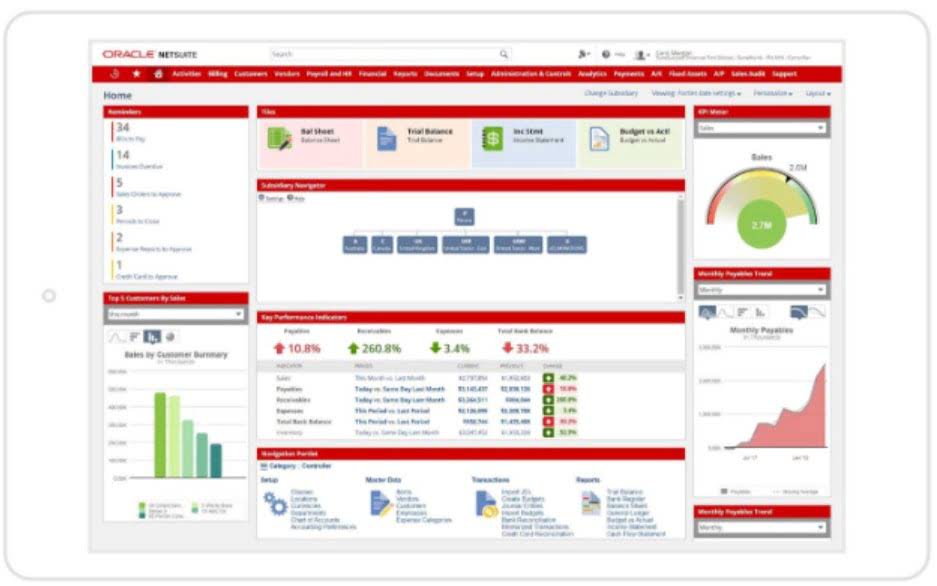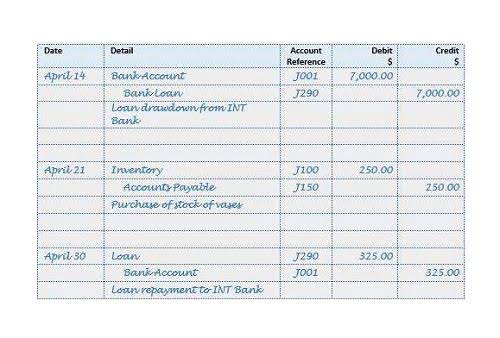
Revenues represent the total amount generated from sales of goods or services before any deductions are made. A higher gross profit margin suggests that a company retains more money from each sale after covering production costs, which can be indicative of strong pricing power or effective cost management strategies. In addition to gross profit margin, operating profit margin and net profit margin are also essential metrics for analysis. The operating profit margin reflects earnings before interest and taxes (EBIT) as a percentage of total revenue, offering insights into how well a company manages its operating expenses relative to its sales.
- While these drivers are commonly used, they are just general guidelines.
- However, for accounting purposes the economic entity assumption results in the sole proprietorship’s business transactions being accounted for separately from the owner’s personal transactions.
- At the same time, trade has been important for growth but has not helped as expected for development, industrialization and productive capacities.
- If an error is made in counting or calculating the cost of the ending inventory, it is likely to cause the cost of sales, gross profit and net income to be incorrect.
- They’re powerful tools that can help small businesses like yours make informed financial decisions and plan for the future.
- Following operating expenses are other forms of income, known as income from continuing operations.
- Below the net income figure, you will find a separate section called “Statement of Other Comprehensive Income.” It summarizes transactions that do not arise from the normal course of the business.
Operating Profit
- It is called the single-step income statement as it is based on a simple calculation that sums up revenue and gains and subtracts expenses and losses.
- Moreover, lenders often scrutinise income statements to evaluate a company’s ability to repay loans; thus, maintaining a healthy income statement can facilitate access to financing.
- Understanding these distinctions helps businesses manage their finances more effectively.
- Companies with a negative gross margin have little chance of long-term survival unless they increase prices, reduce direct costs, or otherwise become more efficient at, well, making money.
- Consider enrolling in Financial Accounting or our other online finance and accounting courses, which can teach you the key financial topics you need to understand business performance and potential.
- The number of commodity-dependent countries around the world has barely budged in decades.
Furthermore, it is often used in conjunction with other financial statements, such as the balance sheet and cash flow statement, to give a more rounded view of a company’s overall financial condition. The statement of cash flows (or cash flow statement) is one of the main financial statements (along with the income statement and balance sheet). Real-time bookkeeping revolutionizes financial management by providing businesses with instant access to up-to-date financial data, improving cash flow tracking, expense management, and profitability analysis. Unlike traditional bookkeeping, which relies on periodic updates, real-time bookkeeping ensures continuous transaction recording, automated reconciliation, and real-time financial reporting. This allows business owners to make faster, data-driven decisions, reduce errors, enhance tax compliance, and stay the focus of an income statement is on audit-ready.
Create A Winning Budget For Your Small Business
- When a company sells or scraps a long-term asset that had been used in the business, the asset’s cost and accumulated depreciation must be removed from the company’s accounts.
- Accumulated Depreciation is a long-term contra asset account (an asset account with a credit balance) that is reported on the balance sheet under the heading Property, Plant, and Equipment.
- If your total expenses outweigh your revenue, your net income will be in the negative.
- For instance, it can highlight trends in revenue growth or expense management, providing insights into the effectiveness of business strategies.
- The statement of cash flows (or cash flow statement) is one of the main financial statements (along with the income statement and balance sheet).
Additionally, other income and trial balance expenses may include non-operating items such as interest income or expense and gains or losses from asset sales. Finally, net income represents the bottom line of the income statement, indicating the overall profitability after all revenues and expenses have been accounted for. Each component plays a vital role in painting a complete picture of financial performance. The income statement is one of three statements used in both corporate finance (including financial modeling) and accounting. The statement displays the company’s revenue, costs, gross profit, selling and administrative expenses, other expenses and income, taxes paid, and net profit in a coherent and logical manner. The income statement is a financial document that demonstrates the financial performance of a business based on its income and how this has changed over a period of time, usually 12 months.
- Together, these provide the company’s net income for the accounting period.
- A balance sheet tells you everything your business is holding on to at a particular point in time—your assets and liabilities.
- This technique involves scrolling down a single column of data in an income statement to analyze how various line items relate to one another.
- This figure is critical as it reflects the company’s ability to generate sales and attract customers.
- An income statement, often referred to as a profit and loss statement, is a fundamental financial document that provides a comprehensive overview of a company’s financial performance over a specific period.
- Net income is an indicator that tells about a company’s bottom line or the overall profitability of the business.
- For example, retailers may place more emphasis on Cost of Goods Sold (COGS), while technology companies might highlight research and development expenses.
What Are Financial Statements?

A lot of business owners focus their attention on the bottom line—their net profit. There’s only so much you can do to improve your bottom line by cutting expenses. At some point, you’ll hit a ceiling, and real estate cash flow the only way to grow the bottom line is to grow your revenue. Your income statement follows a linear path, from top line to bottom line. There is no gross profit subtotal, as the cost of sales is grouped with all other expenses, which include fulfillment, marketing, technology, content, general and administration (G&A), and other expenses.

COGS (Cost of Goods Sold, aka Cost of Sales)

Seeing how profits will change when the volumes increase or decrease may be valuable. Two examples are (1) the cost of making and selling one or more additional units of product, and (2) the cost of missing an opportunity. To illustrate, assume that XXL Company’s office and warehouse building was constructed 20 years ago at a cost of $750,000 and was estimated to have a useful life of 25 years with no salvage value. Each year’s income statement will likely report depreciation expense of $30,000.


Creditors are more concerned with a company’s cash flow and if they are generating enough income to pay back their loans. External users like investors and creditors, on the other hand, are people outside of the company who have no source of financial information about the company except published reports. Investors want to know how profitable a company is and whether it will grow and become more profitable in the future. They are mainly concerned with whether or not investing their money is the company with yield them a positive return. Learning how to read and understand an income statement can enable you to make more informed decisions about a company, whether it’s your own, your employer, or a potential investment. Operating revenue is realized through a business’ primary activity, such as selling its products.
